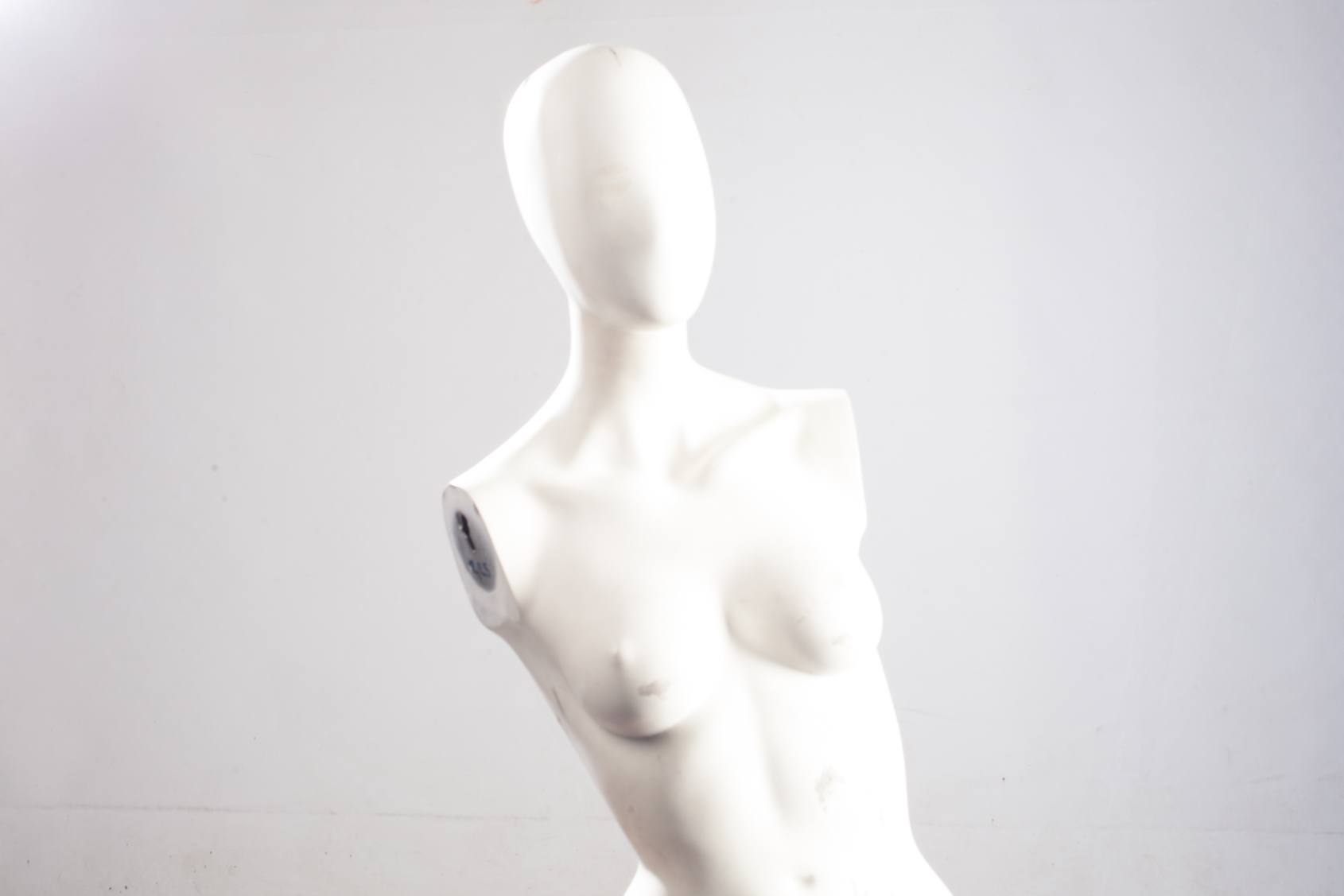

05 Nov classes in the studio – high key technique
High-key lighting is usually quite and free from dark shadows. The terminology comes from the higher balance in the ratio between the key light and the fill-light setup in a traditional three point lighting setup.The primary drawback is that high-key lighting fails to add meaning or drama by lighting certain parts more prominently than others. This technique is mainly used for photography of bright objects, e.g. fair skinned people, underwear, white flowers or when intending to emphasize the delicacy of the object, the calmness of the moment of shooting. However, it can also be used to depict landscapes and architecture. It is important in this technique to choose the lighting and exposure time so that the background is bright, the object away from it enough that the shadows are invisible to the camera. The lighting should be strong and at the same time most diffused – preferably directed in the opposite direction from the photographed object. The negative should have high optical density and be abundantly exposed – almost to the limits of overexposure.




Sorry, the comment form is closed at this time.